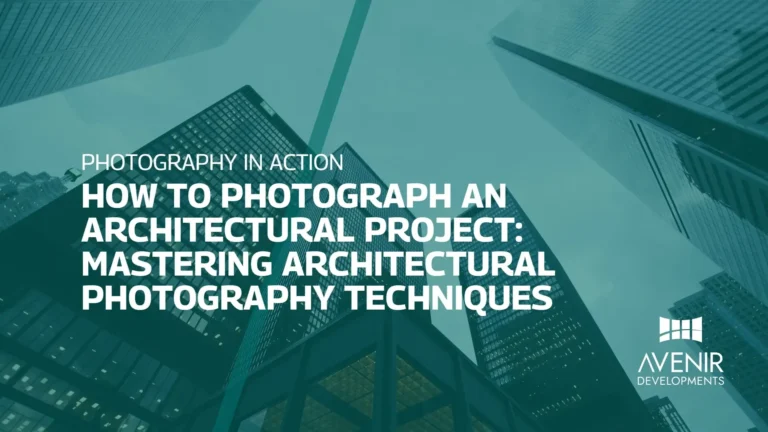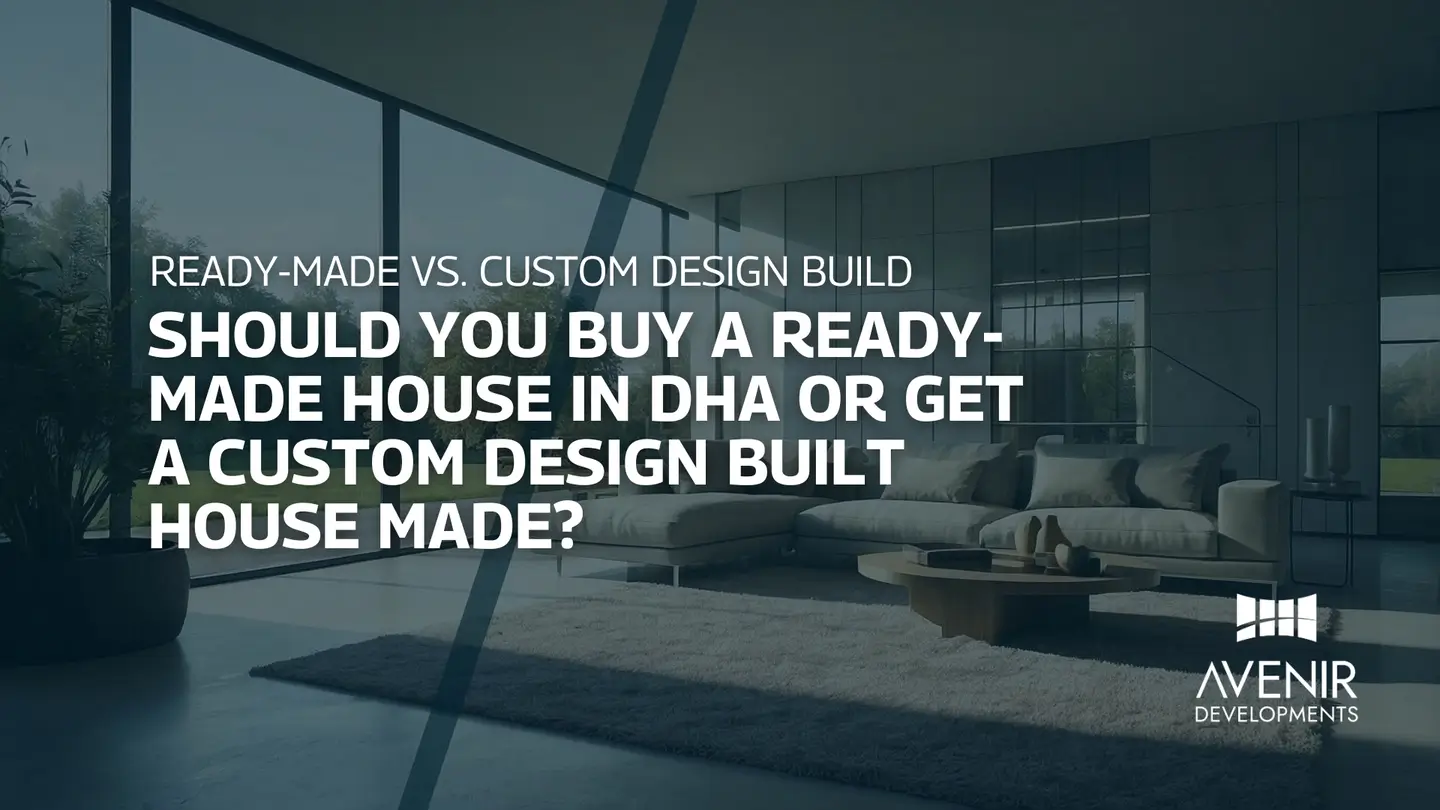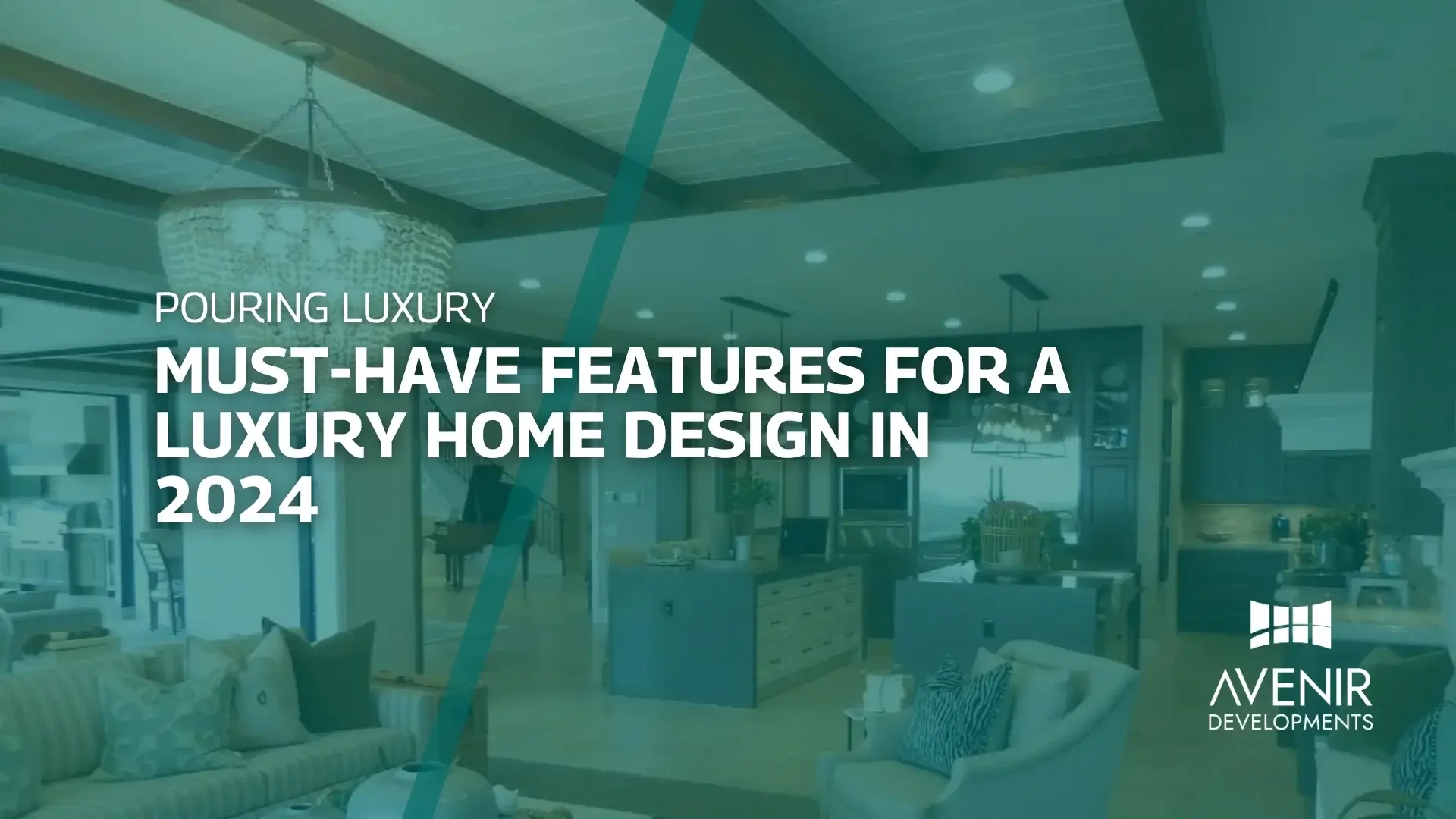Have you ever been awestruck by a photograph that captured the essence of a building, its intricate details, and the emotions it evokes? Architectural photography techniques is an art form that transcends mere documentation. It’s about storytelling through light, shadow, and composition, showcasing the beauty and functionality of a structure.
This comprehensive guide, written by an experienced photographer who has captured architectural marvels across the globe, will equip you with the knowledge and techniques to elevate your architectural photography game. Whether you’re a seasoned professional or an enthusiastic amateur, this blog post will provide valuable insights and practical tips to bring architectural projects to life through your lens.
Unveiling the Art of Architectural photography Techniques
Architectural photography has a rich history, evolving alongside the development of architectural styles and photographic technology. Early examples from the mid-19th century focused on documenting newly constructed buildings, often using cumbersome large-format cameras. Pioneering photographers like Frederick Evans captured the grandeur of Gothic cathedrals and the intricate details of Victorian architecture with a focus on realism.
The 20th century saw a shift towards a more artistic approach. Photographers like Berenice Abbott and Julius Shulman began experimenting with perspective, light, and composition to convey the emotional impact of buildings. Shulman’s iconic photographs of modernist houses in California, bathed in golden light and set against clear skies, helped popularize the International Style and revolutionized the way architects presented their work.
Today, architectural photography is a thriving field with diverse applications. It’s used for:
- Marketing and portfolio building: Architects and design firms rely on captivating photographs to showcase their projects to potential clients.
- Documentation and preservation: Architectural photography plays a crucial role in documenting historical buildings and preserving their legacy.
- Competitions and awards: High-quality photographs are essential for architects competing in design competitions and vying for industry awards.
- Art and aesthetics: Architectural photography can be a powerful artistic medium, capturing the beauty and drama of structures in a way that transcends their function.
With the advent of digital photography and powerful editing software, architectural photographers have a wider range of tools and techniques at their disposal. This allows for greater creative freedom and the ability to capture the essence of a building in a variety of ways.
A Glimpse into the Latest Trends in Architectural Photography
The world of architectural photography is constantly evolving, embracing new technologies and reflecting contemporary design trends. Here’s a look at some of the exciting developments shaping the field:
1. Drone Photography: Drones have become a game-changer in architectural photography, offering a unique perspective on buildings and their surroundings. Previously impossible aerial shots are now achievable, allowing photographers to capture the scale and context of a project in a breathtaking way.
For instance, drone photography can showcase the relationship between a modern skyscraper and the bustling cityscape below, or reveal the intricate patterns on the roof of a historical building. However, drone usage is often regulated, so it’s crucial to research and adhere to local laws before employing this technique.
2. 360° Panoramas and Virtual Tours: With the rise of virtual reality (VR) technology, architectural photography is pushing boundaries by creating immersive experiences. Photographers are increasingly using specialized equipment to capture 360° panoramas that allow viewers to virtually explore a space from any angle.
These immersive tours are particularly valuable for showcasing interior design projects and providing potential clients with a realistic sense of the space. Additionally, 360° panoramas can be integrated with VR headsets, further blurring the lines between photography and interactive experiences.
3. Sustainable Architecture and Social Impact: As the focus on sustainable design grows, architectural photography is reflecting this shift. Photographers are capturing the integration of nature into buildings, showcasing green roofs, light-filled interiors, and sustainable materials.
Furthermore, architectural photography is being used to document projects that address social issues, such as affordable housing initiatives or community centers. This trend highlights the power of photography to not only showcase aesthetics but also raise awareness about the social impact of architecture.
4. Night Photography and Light Painting: Architectural photography at night offers a unique opportunity to capture the dramatic interplay of light and shadow on buildings. Modern LED lighting systems allow for creative light painting techniques, highlighting specific architectural features and creating a sense of mystery and intrigue.
Night photography can also be used to showcase the vibrancy of a city skyline or the serene beauty of a historical building bathed in moonlight.
5. Post-Processing Techniques: While mastering camera settings and lighting is crucial, post-processing plays a significant role in modern architectural photography. Software like Adobe Photoshop allows photographers to fine-tune exposure, adjust color balance, and remove unwanted elements from the frame.
However, it’s important to maintain a balance – excessive editing can detract from the realism and authenticity of the photograph.
By staying informed about these latest trends and incorporating them into their practice, architectural photographers can create captivating images that not only showcase a building’s beauty but also resonate with contemporary design philosophies and social issues.
Demystifying Architectural Photography: FAQs
Here, I’ll address some frequently asked questions (FAQs) to help you navigate the world of architectural photography:
Q: What equipment do I need to get started with architectural photography?
While high-end cameras and lenses are certainly beneficial, you can achieve impressive results with a good DSLR or mirrorless camera and a wide-angle lens. A sturdy tripod is essential for ensuring sharp images, especially in low-light situations. Additionally, filters like neutral density (ND) filters can help control light and create long exposure effects.
Q: What are the best lighting conditions for architectural photography?
Natural light is generally preferred in architectural photography, as it creates a more natural and realistic feel. The “golden hour,” just after sunrise or before sunset, is often considered the ideal time to shoot due to the warm, diffused light. However, depending on the desired effect, photographers may also utilize overcast skies for even light distribution or artificial lighting to highlight specific features.
Q: How can I capture architectural details effectively?
To capture intricate details like carvings, textures, or metalwork, use a close-up lens or zoom in with your existing lens. Pay attention to aperture settings – a higher f-stop number (like f/11 or f/16) will ensure a larger depth of field, keeping both the foreground and background details in sharp focus.
Q: What are some composition techniques for architectural photography?
- Leading lines: Use lines in the architecture, such as railings, staircases, or window frames, to draw the viewer’s eye into the image and create a sense of depth.
- Rule of thirds: Imagine dividing the frame into a 3×3 grid and placing important elements of the building along the intersecting lines or points for a balanced composition.
- Symmetry and asymmetry: Utilize symmetrical elements for a sense of order and formality, or embrace asymmetry for a more dynamic composition.
- Negative space: Don’t be afraid to include empty space in your frame to create a sense of airiness and emphasize the building’s form.
Q: How can I edit my architectural photographs effectively?
Basic editing software allows you to crop and straighten your images, adjust exposure and color balance, and remove minor distractions. However, avoid heavy-handed editing that compromises the realism of the photograph.
By addressing these common questions, I hope to have equipped you with a foundational understanding of the essential gear, lighting considerations, and practical techniques for capturing stunning architectural photographs.
Mastering Architectural Photography: Pro Tips from the Field
Having spent years honing my craft and capturing architectural marvels worldwide, I’ve accumulated a valuable toolbox of techniques that consistently elevate my architectural photography. Here are some insider tips to help you take your architectural photos to the next level:
- Plan your shoot: Before heading out, research the building you’ll be photographing. Understand its architectural style, key features, and the best angles to capture its essence. Consider factors like the time of day, weather conditions, and potential access restrictions.
- Scout the location: Arrive early at your shoot location to scout different viewpoints and lighting conditions. Look for interesting reflections, leading lines within the architecture, and opportunities to frame the building with its surroundings.
- Befriend the tripod: A sturdy tripod is your best friend in architectural photography. It ensures image sharpness, especially when using slow shutter speeds for low-light situations or capturing details with a telephoto lens.
- Embrace the magic of bracketing: Bracketing involves taking multiple exposures of the same scene at different light values (one underexposed, one properly exposed, and one overexposed). This technique allows you to recover detail in highlights and shadows during post-processing, resulting in a more dynamic image.
- Think beyond the wide angle: While wide-angle lenses are a staple in architectural photography, don’t be afraid to experiment with telephoto lenses for capturing details or compressing perspective. Telephoto lenses can make a distant building appear closer, creating a sense of monumentality.
- Humans add scale and context: Strategic use of people in your architectural photographs can add a sense of scale and convey the building’s functionality. For example, a photo of a person dwarfed by a towering skyscraper emphasizes the building’s immense size.
- Capture reflections: Reflections of buildings in water, glass windows, or polished surfaces can add a unique and captivating element to your photographs.
- Consider black and white: Black and white photography can often highlight the architectural form and textures of a building in a more dramatic and timeless way.
- Experiment with post-processing: Basic editing software offers powerful tools to enhance your architectural photographs. Use them subtly to adjust exposure, color balance, and remove distractions, but remember, the goal is to enhance, not replace, reality.
By incorporating these expert tips into your workflow, you’ll be well on your way to capturing architectural projects that are not only technically sound but also artistically captivating. Remember, architectural photography is a journey of exploration and experimentation. So, grab your camera, head out to explore the built environment around you, and don’t be afraid to experiment with different techniques to find your unique voice.
Conclusion: Unveiling the Magic of Architectural Photography
Throughout this comprehensive guide, we’ve delved into the fascinating world of architectural photography. From its historical roots to the latest trends and practical techniques, you’ve gained valuable insights into capturing the essence of a building through your lens.
Remember, architectural photography is more than just documenting structures; it’s about storytelling through light, shadow, and composition. By mastering these techniques, you can create captivating images that not only showcase a building’s beauty and functionality but also evoke emotions and inspire awe.
Ready to embark on your architectural photography journey? Here’s your call to action:
- Equip yourself with the knowledge: Refer back to this guide and other resources to continue learning and refining your skills.
- Practice makes perfect: Get out there and start photographing architectural structures around you. Experiment with different techniques, lighting conditions, and angles.
- Seek inspiration: Explore the work of renowned architectural photographers and draw inspiration from their unique perspectives.
- Embrace the learning curve: Don’t get discouraged if your initial attempts aren’t perfect. Architectural photography takes time, practice, and a willingness to learn from your mistakes.
Avenir Developments: Your Partner in Architectural Excellence
At Avenir Developments, we understand the power of captivating architectural photography. Our team of experienced architects and designers leverages the art of architectural photography to showcase our projects in a way that resonates with potential clients.
Want to discuss your architectural project and explore how we can bring it to life through stunning photography? Contact Avenir Developments today on WhatsApp or Call +923001101103 for professional services and consultancy in architecture, interior design, house construction and custom home building.
We look forward to collaborating with you and transforming your architectural vision into a reality.






